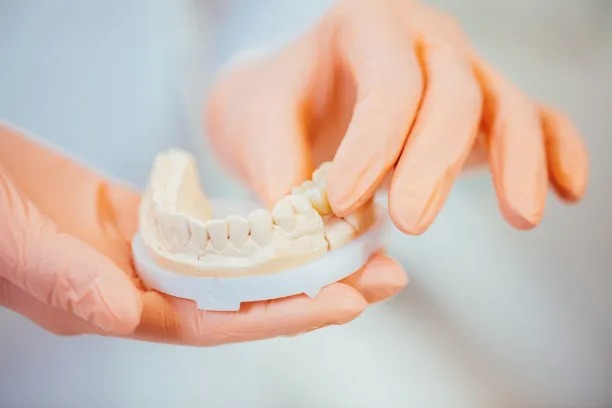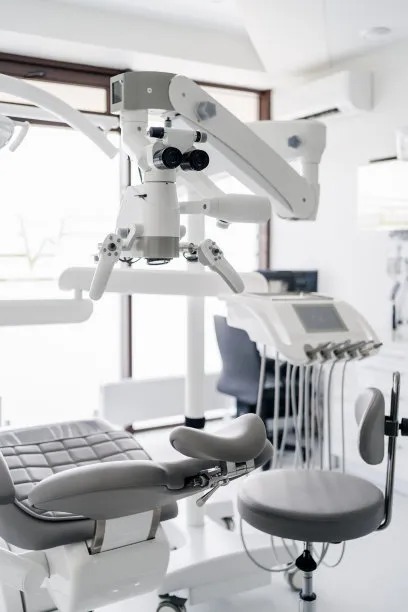Revolutionizing Smiles The Comprehensive Guide to Dental Implant Treatments for Lasting Oral Health and Aesthetic Enhancement
Summary: Dental implants have revolutionized the field of dentistry, offering a durable and aesthetically pleasing solution for tooth loss. This comprehensive guide delves into four key aspects of dental implant treatments: the science behind dental implants, the procedure involved, the benefits they provide for oral health and aesthetics, and maintenance tips for longevity. Understanding these facets will empower individuals to make informed decisions regarding their oral health while enhancing their smiles. The guide aims to illustrate how dental implants not only restore functionality but also significantly improve the overall quality of life.
1. The Science Behind Dental Implants

The foundation of dental implants lies in their impressive engineering and biocompatibility. A dental implant consists of a titanium post surgically placed into the jawbone. This post acts as the root of the missing tooth and integrates with the bone in a process called osseointegration. This biological anchoring is what distinguishes dental implants from other tooth replacement options.
Titanium is favored for its strength and ability to fuse with the bone, creating a stable and durable support for artificial teeth. Over time, the bone heals around the post, providing a secure base for the restoration that is placed above it, whether it’s a crown, bridge, or denture.
Furthermore, advancements in implant technology have led to a variety of shapes and sizes, allowing for customized solutions tailored to each patient’s unique anatomy. This flexibility makes dental implants a versatile option to meet individual needs.
2. The Dental Implant Procedure Explained
The dental implant procedure is a meticulous process that typically unfolds over several stages. The first stage involves an initial consultation, where a dental professional assesses the patients oral health, takes imaging scans, and creates a treatment plan. This phase is critical for identifying any underlying issues that could affect the implant’s success.
Once the patient is deemed suitable for the procedure, the surgical placement of the titanium post takes place. This process usually requires local anesthesia and can be completed in a single visit. Following this, the patient enters a healing period that can last several months, during which osseointegration occurs.
After adequate healing, the final stage begins. The dentist attaches the custom-made restoration to the integrated implant, fully restoring function and appearance. This well-structured process emphasizes the importance of professional care at each step to ensure optimal results.
3. Benefits for Oral Health and Aesthetics
Dental implants offer numerous advantages that extend beyond just restoring a smile. From an oral health perspective, they help maintain jawbone density. When a tooth is lost, the adjacent bone can begin to deteriorate, leading to potential facial sagging and further tooth loss. By placing an implant, the stimulation from the post can prevent bone loss, which is critical for long-term oral health.
In addition to maintaining bone health, dental implants provide improved functionality compared to traditional dentures or bridges. Patients experience better chewing capabilities, allowing them to enjoy a wider variety of foods without discomfort. Furthermore, dental implants do not require alteration of adjacent teeth, preserving natural tooth structure.
Aesthetically, dental implants mimic the look and feel of natural teeth, providing a seamless integration into the smile. This has profound psychological benefits, as individuals often report increased confidence and self-esteem following their placement.
4. Maintenance Tips for Longevity
To ensure the longevity of dental implants, proper care and maintenance are essential. Just like natural teeth, dental implants require regular brushing and flossing. Maintaining excellent oral hygiene helps prevent infections and complications that could arise from plaque buildup.
Regular dental check-ups are crucial for monitoring the health of both the implants and surrounding tissues. Dental professionals can assess the condition of the implants, perform professional cleaning, and detect any early signs of potential issues.
Additionally, patients should avoid harmful habits, such as smoking or excessive alcohol consumption, as these can adversely affect implant success. Following a balanced diet rich in nutrients also aids in keeping the gums and bones healthy, further supporting the longevity of dental implants.
Summary:
In conclusion, dental implants represent a revolutionary approach in restoring smiles and enhancing oral health. With a solid understanding of the scientific basis, procedural steps, extensive benefits, and maintenance practices, patients can feel empowered to make informed choices regarding their dental health. The transformative impact of dental implants extends beyond aesthetics, fostering confidence and improving overall quality of life.
This article is compiled by Vickong Dental and the content is for reference only.



